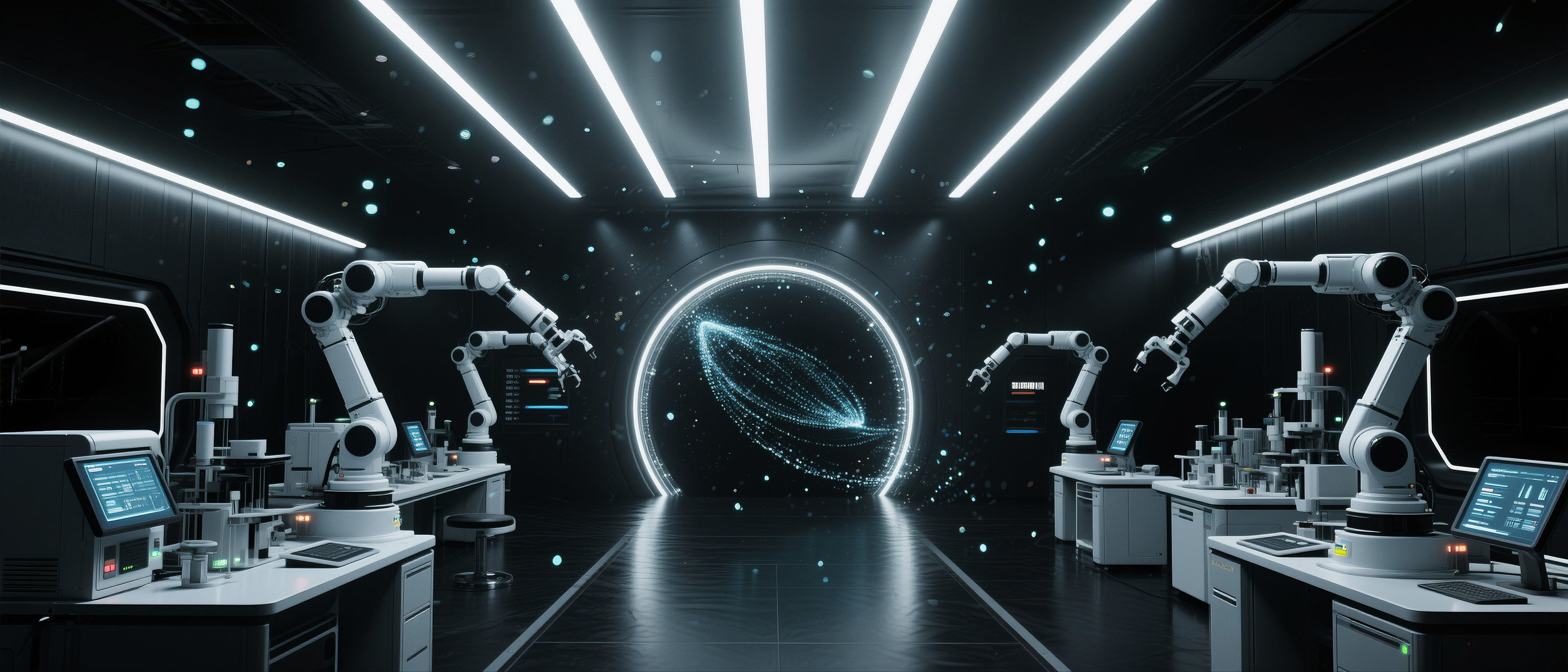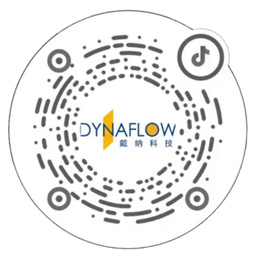Dynaflow leads the forefront of technology with its innovative "darkroom laboratory" at the Beijing Science and Technology Expo
Published Time:
2024-07-18
Dynaflow focuses on innovation in the laboratory industry, providing full lifecycle "dark lab" solutions and cross-disciplinary instrument R&D and manufacturing. It holds over 200 national patents, including 132 invention patents.
From July 13th to 16th, the 26th Beijing International Science and Technology Industrial Expo (referred to as "Beijing Science and Technology Expo") was held at the Beijing National Convention Center. This year's Beijing Science and Technology Expo was hosted by the Beijing Municipal People's Government and jointly organized by the Beijing Municipal Association for Promotion of International Trade, the Beijing Municipal Commission of Science and Technology, the Zhongguancun Administrative Committee, the Beijing Municipal Bureau of Economy and Information Technology, the Beijing Municipal Intellectual Property Office, and Beichen Group. The annual theme is "Implementing the Innovation-Driven Development Strategy and Enhancing the Driving Force for High-Quality Development." Dynaflow, as a representative unit of the "coordinated development of Beijing, Tianjin, and Hebei", showcased its breakthrough "darkroom laboratory" technology at the exhibition, attracting much attention from the industry.
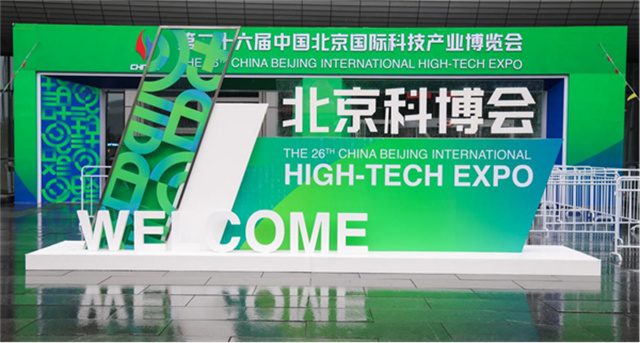
Dynaflow is a national high-tech enterprise, a Zhongguancun high-tech enterprise, a specialized and new enterprise, and a gazelle enterprise. Adhering to the concept of "serving scientific research through innovation", it focuses on laboratory industry innovation and provides full-lifecycle "darkroom laboratory" solutions and research and development and production of interdisciplinary instruments and equipment. It holds more than 200 national patents, including 132 invention patents.
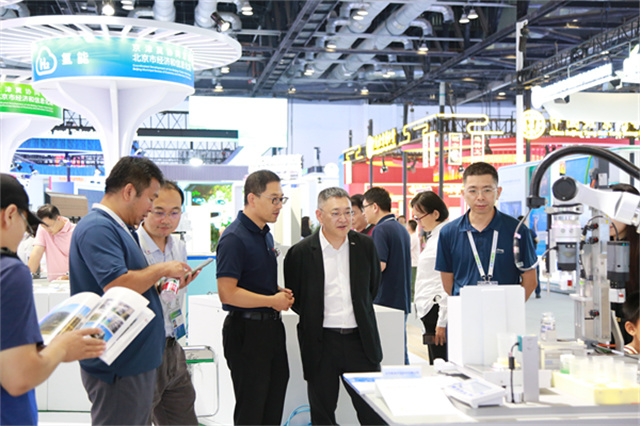
"Darkroom laboratory" is a laboratory automation system integrating a digital management platform, robots and intelligent hardware, automatic control equipment, and experimental instruments, combined with AI technology. The AI+ robot system has self-learning capabilities and can automatically complete tasks such as processing samples, operating experimental instruments, automatically transporting reagents and consumables, automatically controlling the environment, automatically analyzing data, and generating reports according to preset technical routes, partially or completely replacing manual operations in experiments with high repetition, high precision, high risk, and demanding environmental requirements. This frees up the hands of scientific researchers, allowing them to focus more on experimental design and scientific research innovation. It can be widely used in the fields of energy and chemical engineering, drug research and development, medical health, life sciences, and testing and inspection.
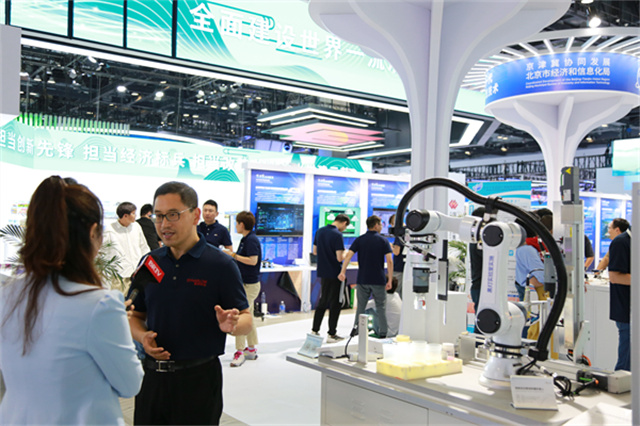
At the exhibition, Dynaflow highlighted the "liquid automatic precision weighing robot", a typical representative of the "darkroom laboratory". Combining robotics and AI technology, it has self-learning capabilities. It has achieved a fully automated process from sample processing to data analysis without manual intervention, significantly improving the efficiency and safety of experiments. The intelligent laboratory operation and maintenance management platform it carries sets a new benchmark for the digital operation and intelligent management of laboratories.
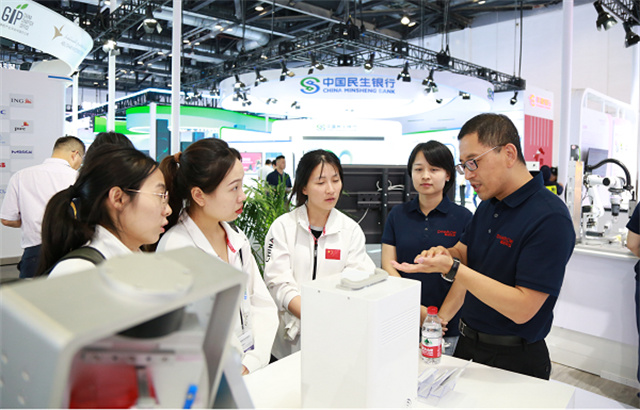
In addition, Dynaflow also showcased the photon-directed precision microbial identification and detection instrument. The PPMI technology is based on optical principles, combined with optical enrichment and biological probe technology, realizing rapid online detection of viruses and pathogenic microorganisms in the air. This brings unprecedented detection speed and accuracy to the medical and disease control fields, indicating broad application prospects in medical treatment, disease control, customs, pharmaceuticals, scientific research, food, and other fields in the future.
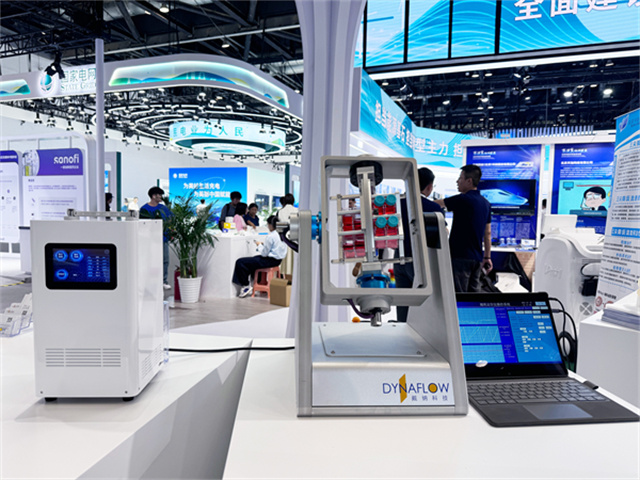
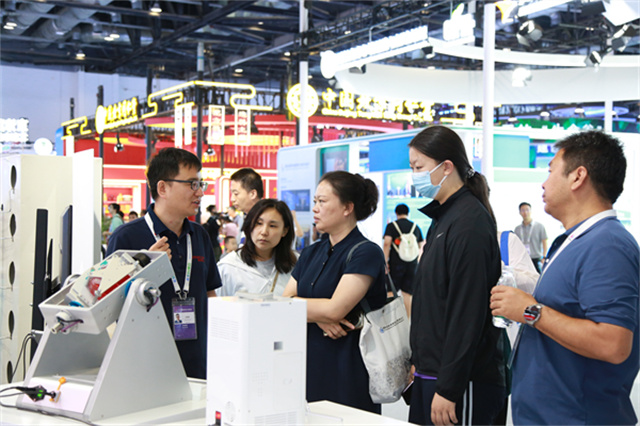
Furthermore, its simulated microgravity device has shown great potential in cell culture and biopharmaceutical research, attracting many visitors to the booth for discussions.
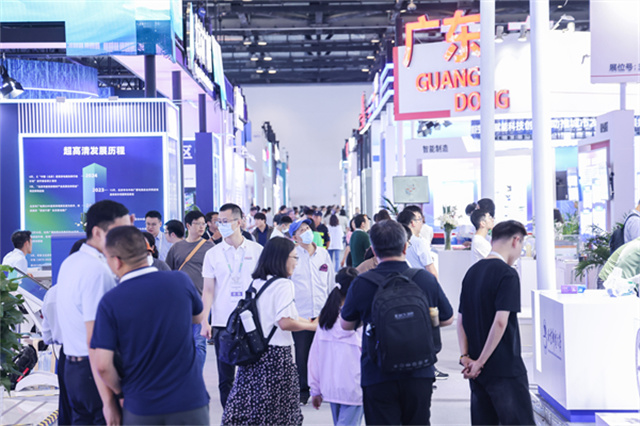
The Beijing Science and Technology Expo had a total exhibition area of approximately 22,000 square meters, with more than 300 domestic and foreign companies and institutions participating. It provided a broad platform for communication and cooperation between domestic and foreign science and technology companies and institutions, greatly stimulating the enthusiasm of enterprises for technological innovation and playing a positive role in promoting technological innovation and driving the development of new productive forces.
Hot Articles
Share to

